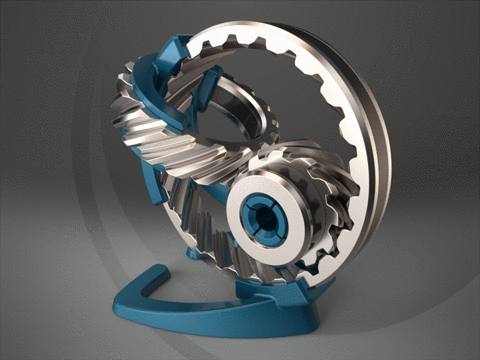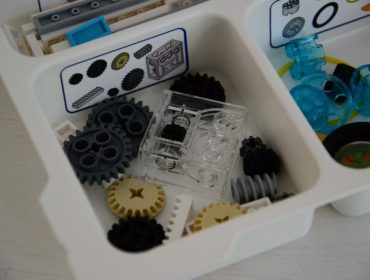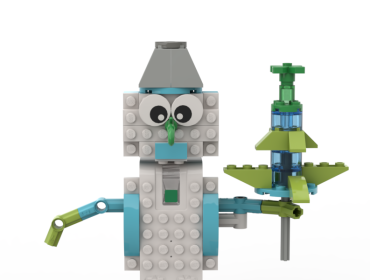Neutral gear
The names of
both neutral transmission and those discussed below are quite clarifing. So in
relation to this type, the main parameters - rotation speed and torque remain
unchanged. To get a neutral gear, just use the same and equal parts. If we are
considering a gear, then both gears should have the same number of teeth. If we
consider a belt drive - the pulleys should be the same diameter.
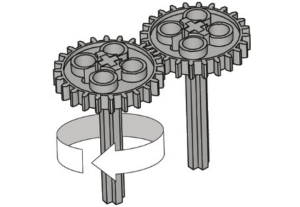
In the case of a gear transmission, the direction of rotation changes to
the opposite (subject to the use of two gears), but if we are talking about a
belt driving, then the direction of the driving and driven pulleys will
coincide. If the task is to change the direction of rotation of the pulleys -
it is necessary to make the belt cross (in the form of a figure eight).
Speed up gear
The speed up
gear got its name due to the fact that the rotation speed of the driven axis
and the actuating element on it (for example, the wheel) increases compared to
the rotation speed on the driving axis. Simply put - we increase the speed. It
is easy to notice that the number of teeth of the driving gear is greater than
the number of driven gear, which is why the effect of increasing speed arises.
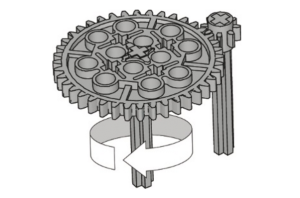
However, with increasing speed, the value of the torque decreases (the
value of the force and traction). Therefore, if we want to make a racing car,
then we apply a speed up gear.
Speed down gear
In turn, a speed
down gear is the case when we are talking about a decrease in the speed of
rotation of the driven axis compared to the driving axis. Simply put, we are
reducing speed. The theory of the number of teeth is valid in this case as well
- the driving gear has less of them.

However, as the speed decreases, the value of the torque increases (the
value of the force and traction). Therefore, if we want to make a tractor, then
we apply a speed down gear.
